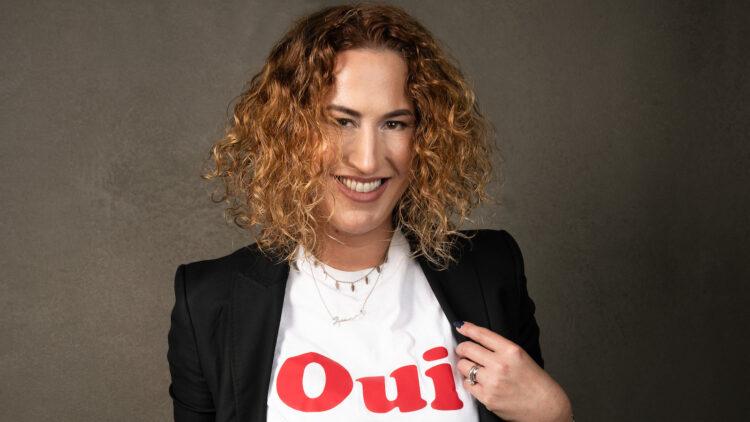This week’s Masterclass is a lesson with a difference: how to avoid being ghosted.
Now, I know what you’re thinking: Hold up, Jo, this isn’t about marketing! But bear with me…
If you work in marketing, business development, or sales, chances are you will need to get other people’s buy-in on ideas. Of course, if you work in business development or a sales role, you will be performing outreach to secure new business from new and existing clients.
When you reach out to others with an idea, proposal, or sales pitch, you hope for a prompt and positive response. But what if that isn’t forthcoming? What if your target, stakeholder, or client doesn’t reply and, worse, ghosts you?

In today’s article, I will teach you some steps to build into your sales process or communication pitch to ensure you’re not left hanging. In other words, you are left wondering if they’ll accept your idea or if you’ll achieve your sales target.
In general, most small businesses think they have a marketing problem, but what they actually have is a sales problem.

What if I told you there is a specific way you can control the sales conversation so you always get a response?
While this article might not reveal how to actually win the sale, it can show you ways to ensure you always know where you stand. That’s a great position to be in to help you manage your time most effectively and perform at your peak.
Let’s start with three things you should stop doing from this instant:
- Ending the sales call/meeting without specific next steps.
- Ending the sales call/meeting with your prospect having total control of what happens next.
- Ending the sales call/meeting without knowing what they are currently thinking.
Instead, here is what you should do…
After you’ve explained your offer (or offers), ask them directly what they think of it.
Feedback is so important at this stage and can also help you handle objections. Then, ask them if they’d like to proceed.
Now, the response you’ll likely receive will be one of these three:
- YES, I want it (winner!)
- No, I don’t want it (hmmm)
- I need to think about it (okay…)
If your client/stakeholder answers either “No” or “I need to think about it”, this is the exact moment you are most likely to lose control of the sale and be GHOSTED!
If they say “No”, or “I need to think about it”, you should follow up by asking them, “Is there anything in particular that might be holding them back?” or perhaps, “What is stopping you from saying yes?”.

Try and get them to nail down the specific reason, and then you have their objection. Ideally, before you even commenced your call or meeting, you would have considered the most likely objections and then worked out suitable responses for each. You should aim to resolve hesitation and provide a clear picture of why your product or service is the best solution for your client’s specific needs or challenges.
If they hit you with an objection, try to manage it as effectively as you can.
If, after you’ve responded to all their objections and they still want to think about it, you should suggest that you send an email summarising everything that has been discussed so far and then ask them to suggest a time for another call or new meeting. To caveat this, you could add that you find it saves you and them a lot more time to arrange a call or a meeting instead of sending multiple emails back and forth.
If your client/stakeholder is still interested in your offer, they are more likely to take you up on your offer of an additional call or meeting.
In doing all of the above, you have clarified the next steps with your target. You have ended the call/meeting knowing there is a follow-up scheduled, and you aren’t waiting on an email response from them.

Finally, and probably most importantly, you’ll have a heads-up on their principal objections.
This will allow you time to consider an even better response to solve their objection for your next call or meeting.
Let ghosting become a thing of the past. Know where your prospects lie and manage their objections with ease.















